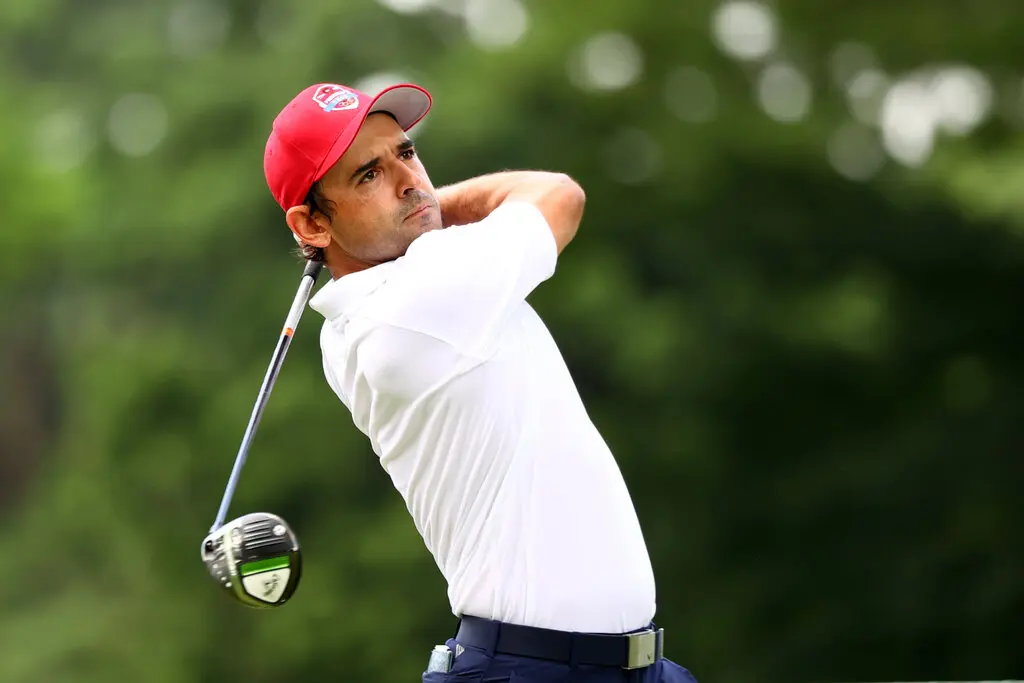
Fabrizio Zanotti had been waiting to hear where he’d be this week. Ranked 38th on the DP World Tour, he was on the cusp of getting into the Genesis Scottish Open. But as of last summer, an alliance between the PGA Tour and the DP tour means that he had a spot in the PGA Tour’s Barbasol Championship, nearly 4,000 miles away in Nicholasville, Ky., if he didn’t get into the Scottish Open.
Zanotti, who is from Paraguay, wasn’t complaining. “It’s really good,” he said. “The partnership is nice for us here in Europe to have the opportunity to get there.”
Just a few months ago, the PGA Tour and the European Tour, which oversees the DP World Tour, had an alliance that looked fruitful. After competing for players for several decades, the tours came together in the early months of the Covid-19 pandemic and by November 2020 they had formalized a partnership.
Last August, the tours announced that they were co-sanctioning three events: the Scottish Open and the Barbasol, which run Thursday through Sunday, and the Barracuda Championship next week in Reno, Nev., opposite the British Open.
This meant players on the PGA and DP World Tours could compete in either event if their ranking was sufficient to get in. But mostly it meant if they didn’t get into the Scottish or British Opens, they had a great consolation prize in playing lesser tournaments on the more prestigious PGA Tour.
When this deal was announced in August, it was heralded as a sign of the deepening cooperation between the tours and sold as a benefit to both tours’ members.
“With us co-sanctioning three events this year, we are no longer competing for top players,” Keith Pelley, the European Tour commissioner, said in an interview earlier this year.
“Everything changed after November 2020. It was a mind-set shift for both of our organizations to work as closely together as we could and share all facets of our businesses. We went from competitors to partners.”
Those were the days. That alliance is being tested publicly and politically by the new Saudi-backed LIV Golf Tour. The high-dollar invitational series has lured a group of PGA and DP World Tour players away and sent more established tours scrambling to make changes.
In the first event, the winner took home $4 million, but there was guaranteed money for every player, including the last-place finisher, Andy Ogletree, who won the U.S. Amateur in 2019. (He didn’t make the field at the first LIV event in the United States, at Pumpkin Ridge in Oregon, throwing into doubt his professional future.)
For golfers trying to play their way up the rankings and into tournaments, money surely matters, but it’s the Official World Golf Ranking points that matter the most. They’re what determines how much control players have over their schedules.
“The playing opportunities with the merger are great,” said Maverick Antcliff, who played in college at Augusta State University in Georgia and is ranked 171st on the DP tour. “If you have a good week in that opposite field event, you have an opportunity to transfer to the U.S. That’s the avenue I want to go. That strategic alliance has given us a clearer pathway.”
Before the alliance, the way players in Europe got invites onto the PGA Tour and into the majors was by being ranked in the top 50 in the world — not just on a particular tour — or by qualifying for the United States or British Opens through their qualifying process. The strategic alliance has given talented but lower-ranked players a chance to compete on the PGA Tour and possibly finish high enough to gain more control over their schedule.